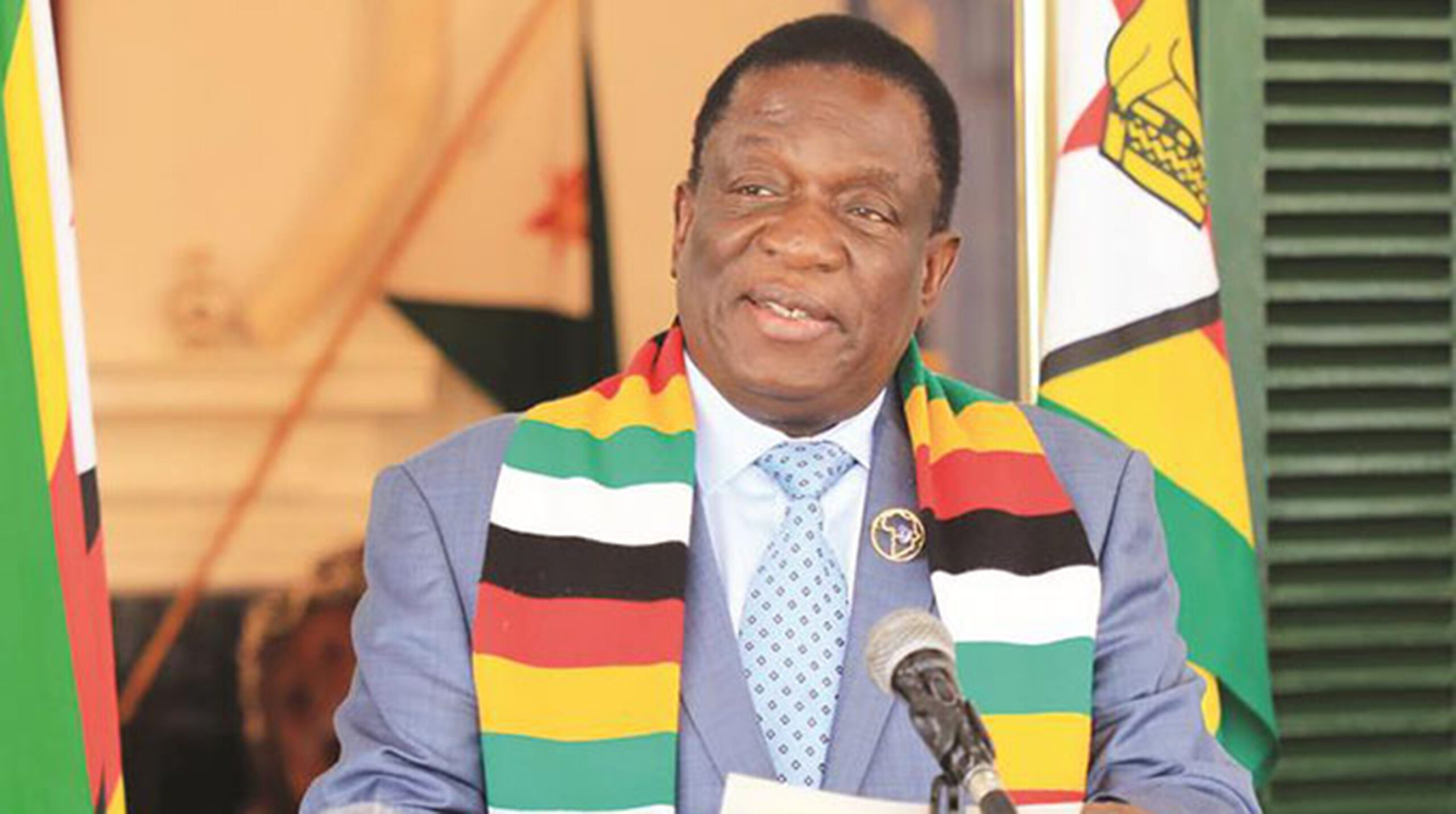
KUDZAI KUWAZA AS ZIMBABWE joins the rest of the globe in commemorating Workers’ Day on Sunday, workers in the country will reflect on their grim prospects amid an economic implosion, characterised by deepening levels of poverty and the erosion of incomes, coupled with serious currency distortions.
International Workers’ Day, also known as Workers’ Day or Labour Day in some countries and often referred to as May Day, is a celebration of the working class by the global labour movement every year on May 1.
The day remains a stark reminder of President Emmerson Mnangagwa’s failure to deliver on his promise in 2017 when he rose to power on the back of a military coup that forced his predecessor the late Robert Mugabe to resign.
Contrary to Mnangagwa’s undertaking to create “Jobs jobs jobs”, there has been a massive shedding of jobs with more than 300 000 workers losing their jobs in the last quarter of 2021, according to the national statistical body Zimbabwe National Statistics Agency (Zimstats).
The job losses have continued unabated in a deteriorating economy that has been buffeted by several headwinds, which include a crippling liquidity crunch, high inflation and a rapid decline in the value of the local currency whittling the value of incomes and pensions.
This year’s commemoration comes at a time when the galloping parallel market rate continues to severely weaken the local currency and is reaching the ZW$400 mark to the greenback, which is more than double the official exchange rate which is less than ZW$200 to the United States dollar.
The consequences of this are already keenly felt by workers. The price of bread has gone up to ZW$350 for a standard loaf of bread and 479,99 for a seed loaf and this means one needs to use more than three ZW$100 notes, which is the highest denomination to buy a standard loaf of bread.
The Consumer Council of Zimbabwe recently revealed that the basket for a family of six has gone up to more than ZW$92 000 for the month of March, which is way above the average salary of most workers in Zimbabwe.
- Chamisa under fire over US$120K donation
- Mavhunga puts DeMbare into Chibuku quarterfinals
- Pension funds bet on Cabora Bassa oilfields
- Councils defy govt fire tender directive
Keep Reading
Inflation has shot up to 96,4% during the period of April.
The depreciation of the local currency has resulted in the government paying a US$175 stipend as part of its monthly salary to civil servants.
This was after paying civil servants’ bonuses last year in hard currency despite previously banning the greenback as legal tender in 2019 under Statutory Instrument 142.
The massive depreciation of the local unit has spawned unrest among government workers, particularly teachers who are demanding a monthly salary of US$540.
Teachers went on strike earlier this year disrupting the school calendar already affected by the Covid-19 induced lockdowns.
In response, the government suspended and fired scores of teachers for the job action. However, teachers remain adamant that unless the government meets its demands, they will not show up for work when the second term begins next week.
Zimbabwe Congress of Trade Unions (ZCTU) secretary-general Japhet Moyo says this year’s Workers’ Day will be commemorated at a time when workers have been stripped of their dignity due to a combination of the deepening economic crisis and closure of democratic space by Mnangagwa’s government.
“What we are seeing is the dearth of social dialogue and the rights of workers at the workplace. We are commemorating at a time when the concept of decent work is disappearing. We are commemorating when things are so bad and when wages are lagging way behind the cost of living.
“We last had a demonstration over the 2% Intermediated Money Transfer Tax (Introduced by Finance minister Mthuli Ncube in 2018) as a union and we were beaten up and arrested,” Moyo said.
He said all the gains made by workers since attaining independence in 1980 have been taken away by the government’s efforts to introduce liberal legislation where the employer is given the right to hire and fire workers at will.
Moyo, however, said despite the difficulties, the Workers’ Day commemorations are pivotal as it celebrates “the workers sweating in the mines, the workers sweating in the field and the workers sweating in the factories”.
He added that the Workers’ Day should be celebrated for the Labour Act, which recognises workers, unlike the previous law which classified workers as servants.
This year’s Workers’ Day commemoration will be held when poor working conditions triggered a massive brain drain as dejected workers leave the country for greener pastures.
Last year more than 2 000 health workers left the country due to the parlous working conditions in the health sector.
Chief Justice Luke Malaba revealed earlier this year that 88 members of the judicial service, 18 of whom were magistrates, left their jobs due to poor working conditions.
Labour market analyst and former Employers Confederation of Zimbabwe (Emcoz) executive director John Mufukare says employers, as well as workers, are bearing the brunt of the country’s economic crisis.
“Although things are difficult for the worker, things are not rosy for the employer,” he said. “Because of the current economic crisis, the situation for the employer is bleaker than that of the worker. We keep going around in circles and we are not going anywhere as a country.”











